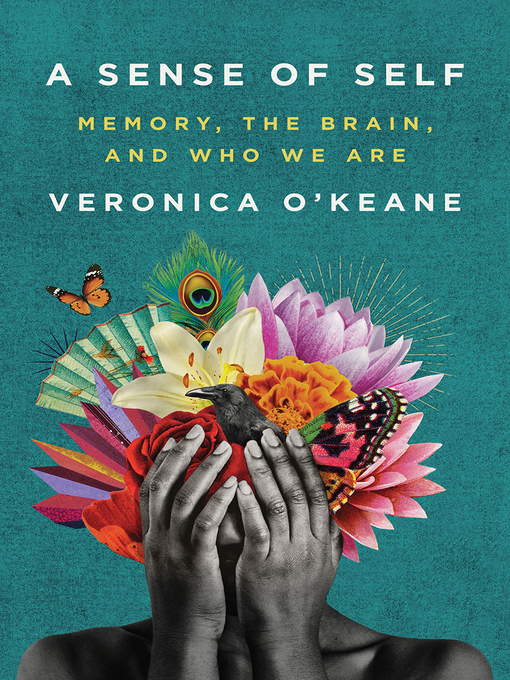
A Sense of Self
Memory, the Brain, and Who We Are
حافظه، مغز و هویت ما
فرمت کتاب
ebook
تاریخ انتشار
2021
شابک
9780393541939
کتاب های مرتبط
- اطلاعات
- نقد و بررسی
- دیدگاه کاربران
نقد و بررسی

March 22, 2021
Psychiatrist O’Keane draws on her work with patients as she seeks to understand “the nature of the matter of memory” in her thoughtful debut. Her desire to get to the bottom of how memory works, she writes, was inspired by a patient named Edith, who, in the early 2000s, experienced postpartum psychosis and believed her baby had been replaced with a substitute. When Edith recovered, she understood that the events she remembered weren’t real, but insisted that her memory of those events was. O’Keane was fascinated and began to wonder if there was a difference between a memory of an actual event and a memory of an imagined event. O’Keane’s ensuing “journey of memory from sensory experiences of the world and inner feeling states to neural memory lattices” includes dense discussions of the brain’s memory system that spark when she illustrates the glitches cooked into the memory-forming process. One woman, for example, believed her house was haunted and extended that delusion to other places; bipolar disorder warped another patient’s sense of time. O’Keane offers no shortage of intriguing insights and accounts, but readers looking for a cohesive narrative will be left wanting; this lands more as a series of snapshots. Still, it’s an immersive and informative look at how memory works, and what happens when it doesn’t.

April 1, 2021
A veteran psychiatrist examines how memories form to create accounts of who we are. Memory is a function of both time and place. For very young children, writes O'Keane, a professor of psychiatry at Trinity College Dublin, time "doesn't exist experientially." The days constitute an eternal present. "Children are not so much adaptable as partly amnesic," she adds, which helps explain why most adults have so few crystal-clear memories of their earliest years. Nonetheless, as she writes in this pleasing blend of psychiatric case studies and the latest findings of neuroscience--findings that, she observes, haven't yet been fully embraced or even understood by most physicians--the early years are critical to who we become. Children born into poverty, for instance, suffer disproportionately from stress (and associated high levels of cortisol), which has detrimental effects on general health. As for older people, many are stressed and forgetful--but not necessarily because their minds are slipping. O'Keane counsels that things are not so much forgotten as that we "never laid down a memory for it in the first place," an act that involves building dendritic connections in the brain. Whereas time stands still for the young, it flies by for the old, a matter of subjective sense. The author delivers interesting observations on nearly every page. For example, the brains of people who suffer from depression have a smaller left hippocampus than people who don't, and a mark of human phylogenetics is the pruning of the jungle of information from childhood in our 20s and 30s, "enabling the developing brain to take shortcuts through learned pathways of knowledge." A virtue of O'Keane's complex but not daunting discussion is her insistence that our understanding of the science of the brain should, among other things, serve to remove the stigma associated with mental health conditions such as schizophrenia, for "individuals with psychiatric illnesses have a great deal to tell neuroscience, and the larger world, about the processes involved in the organization of memory." A welcome new voice in the literature of consciousness and neuroscience.
COPYRIGHT(2021) Kirkus Reviews, ALL RIGHTS RESERVED.

























دیدگاه کاربران